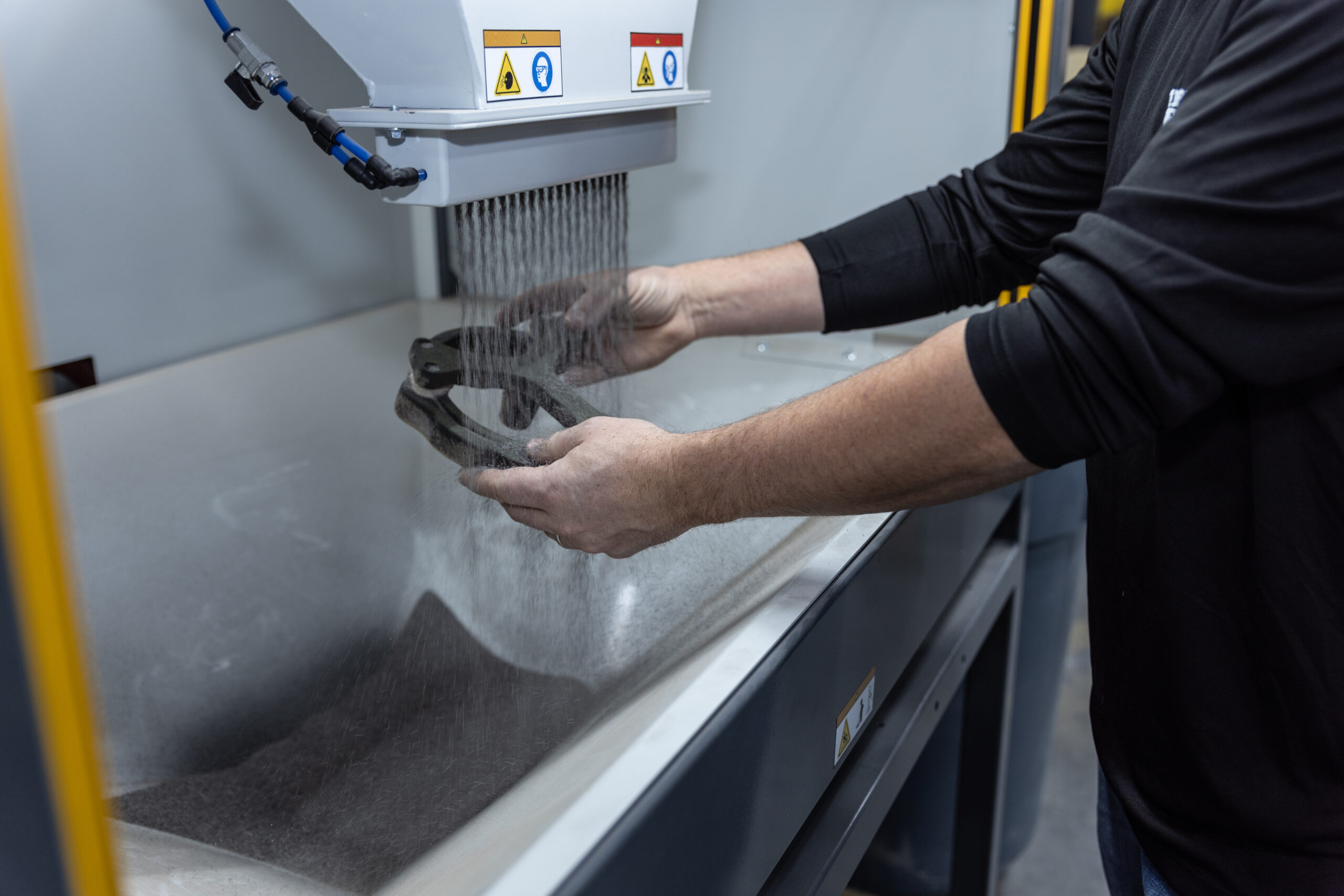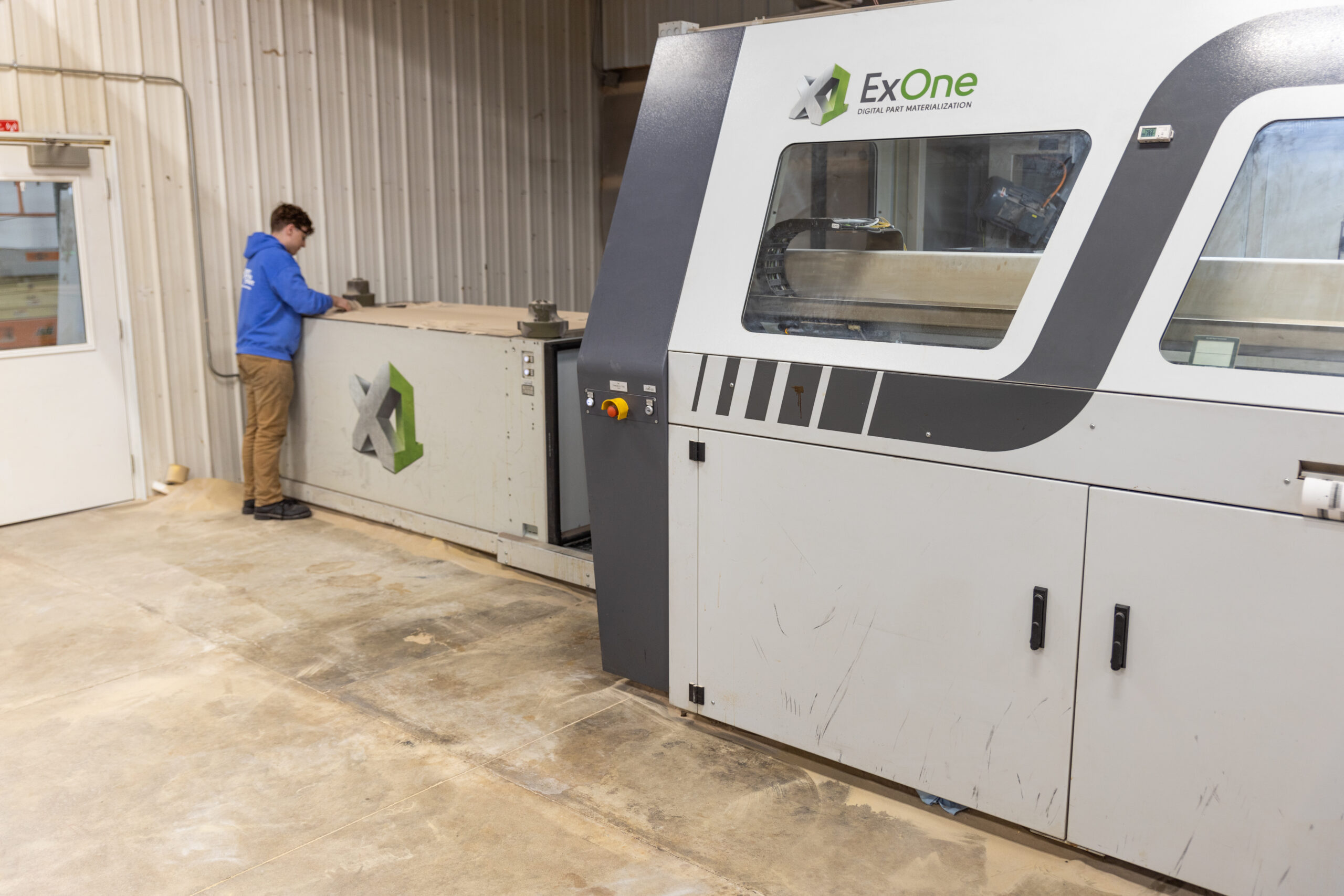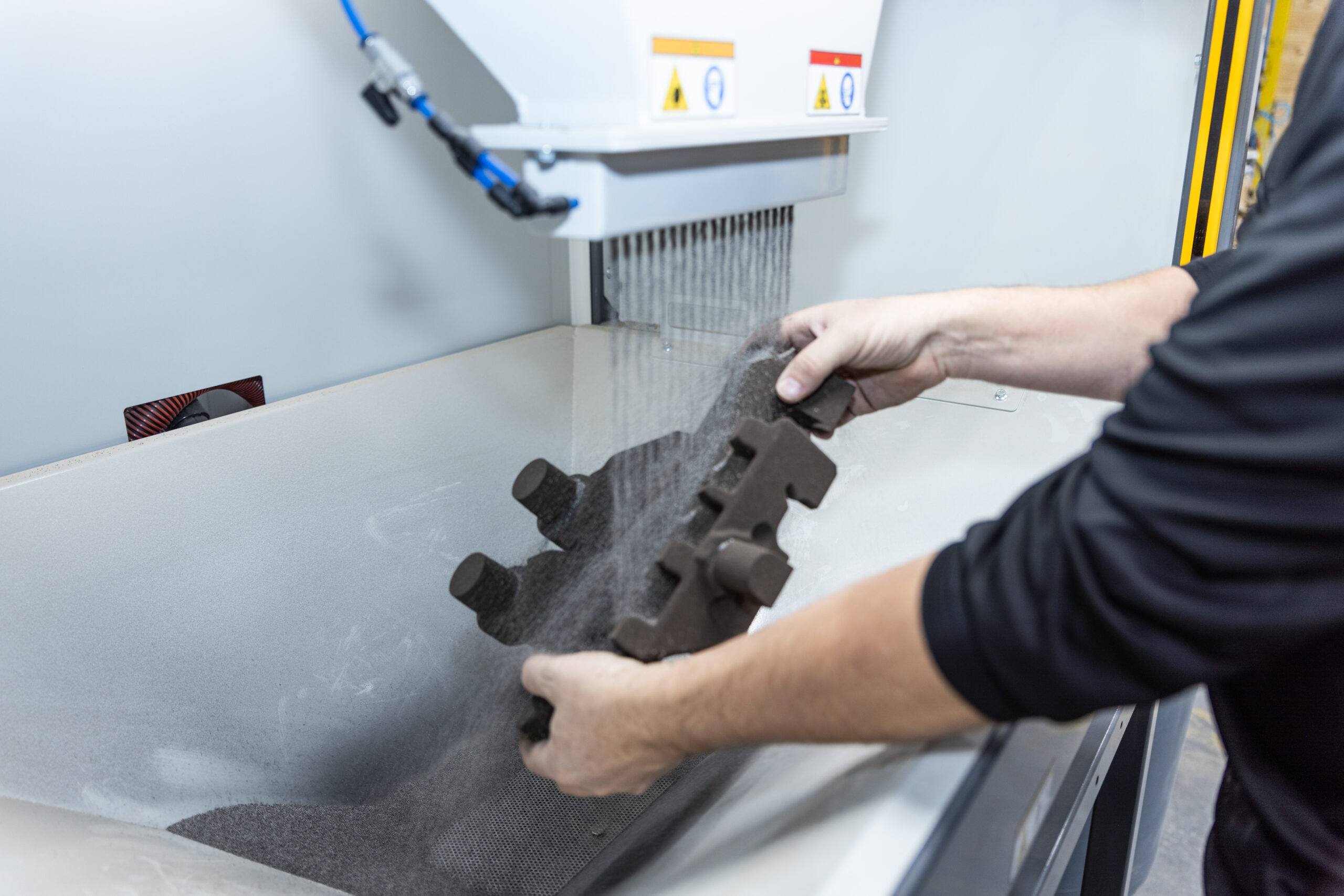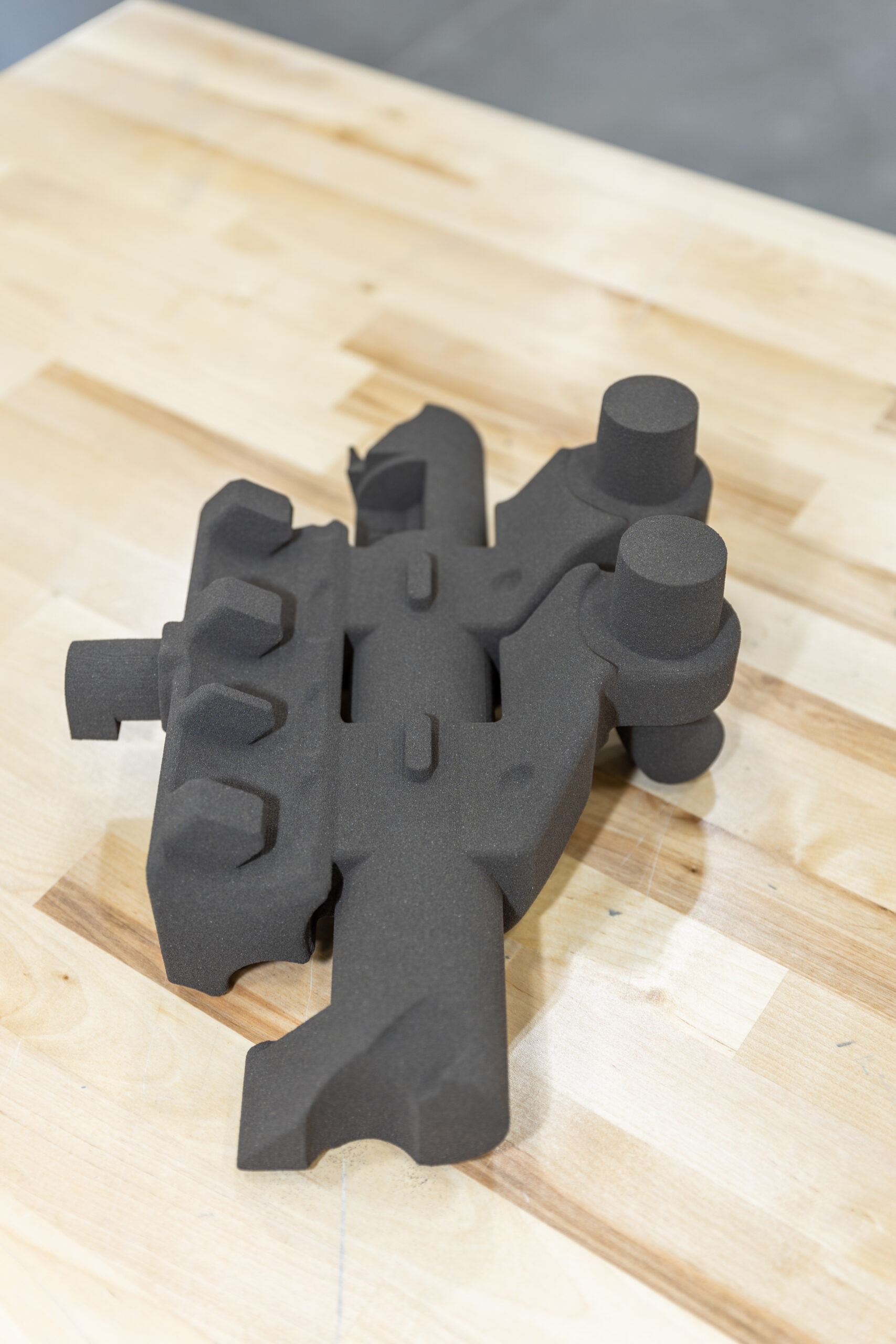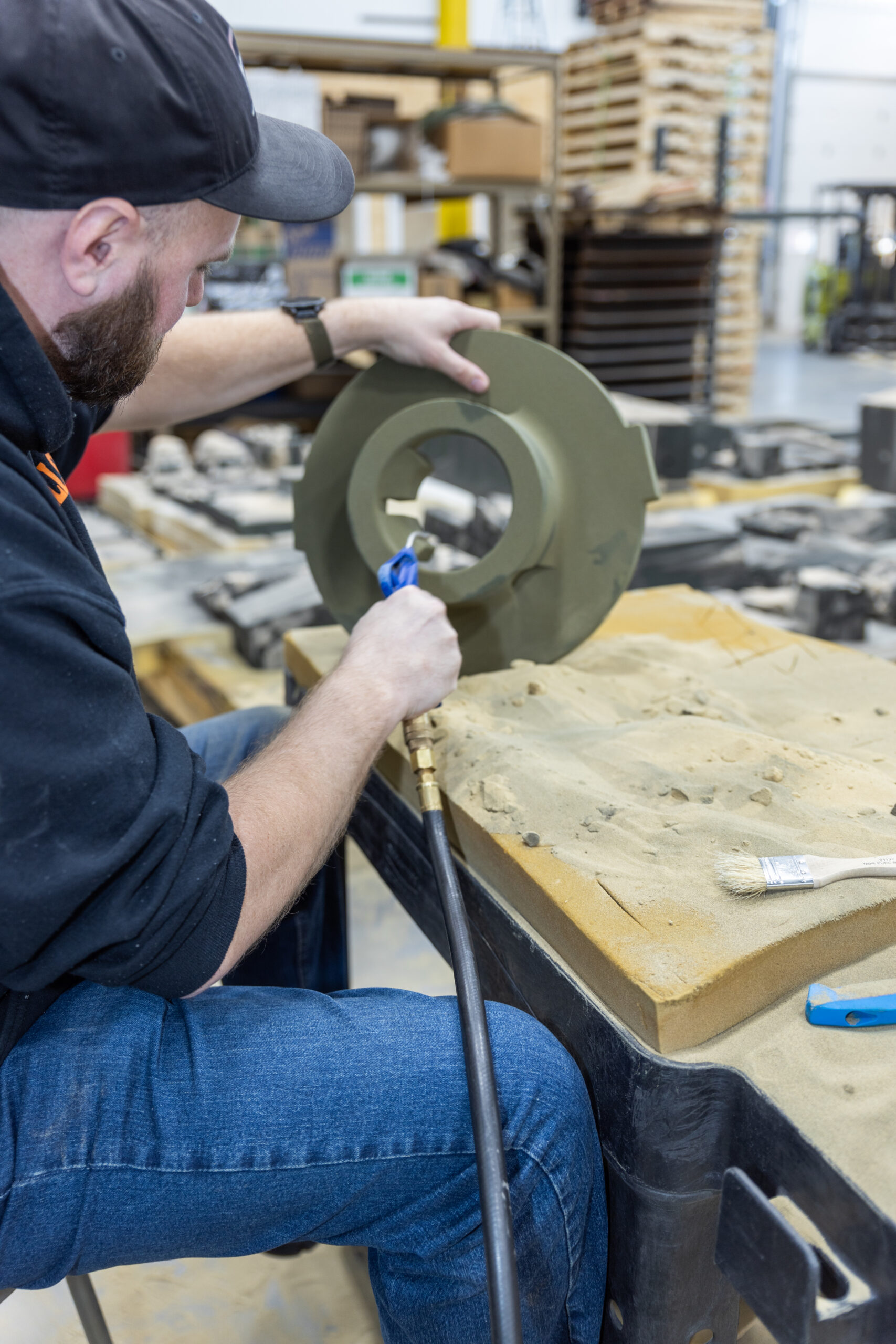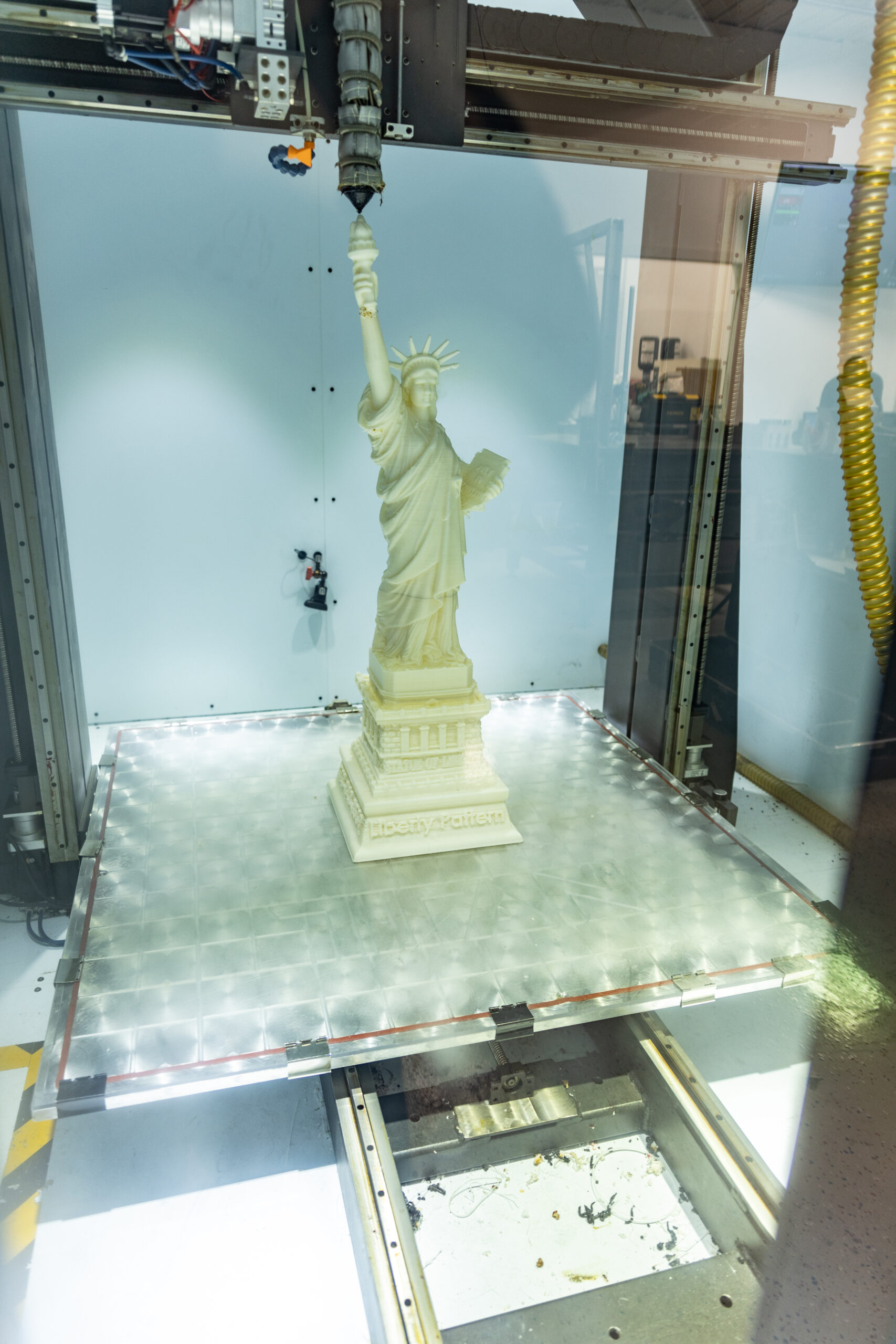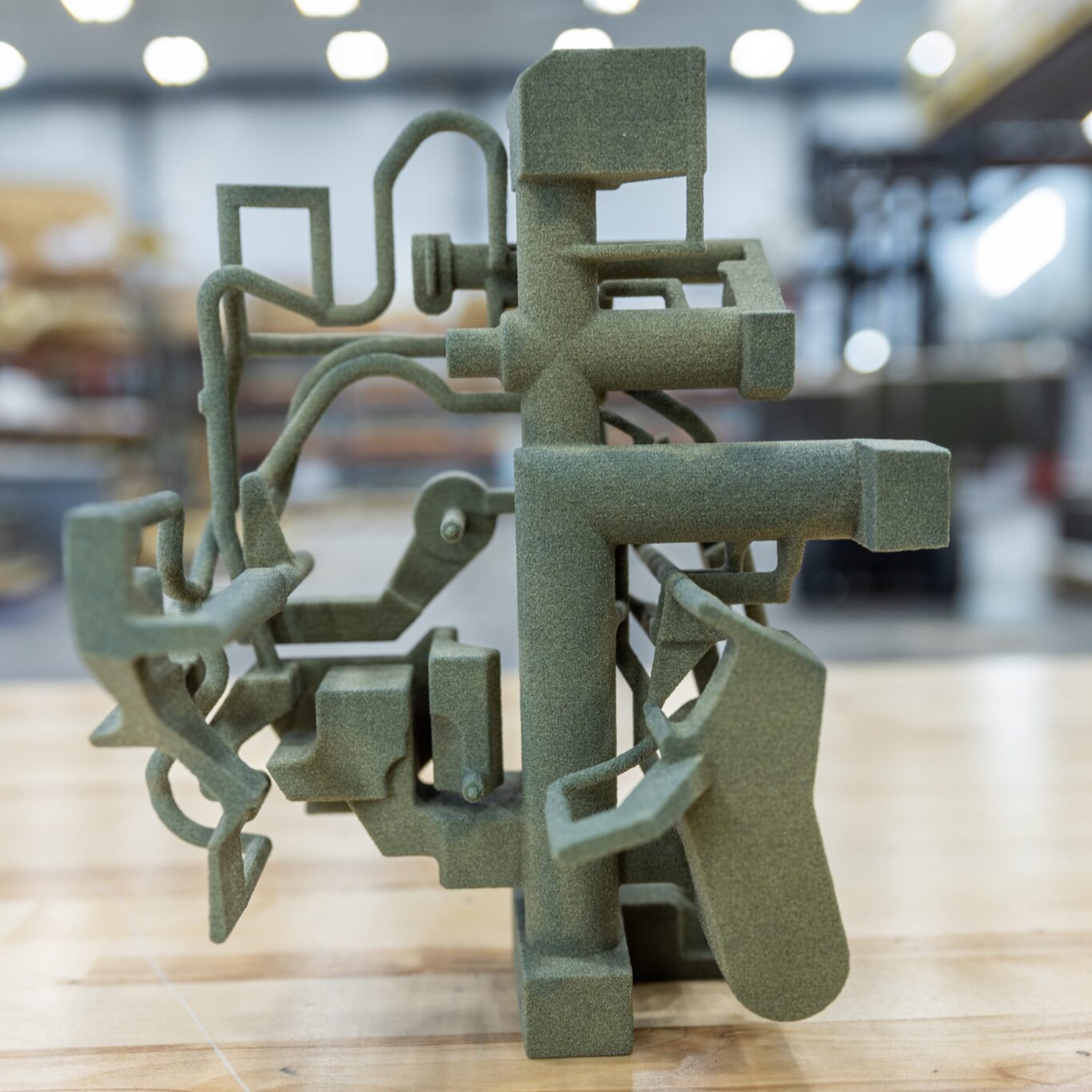
From Prototypes
to Production
Our 3D printing services are customized to your specific requirements. We work with a diverse range of materials, ensuring optimal results and precision for every application.
3D Sand Printing
The ExOne S-Max™ system and Voxeljet VX1000 printer, designed for sand casting foundries, print complex and accurate sand cores and molds directly from CAD data, eliminating the need for a physical pattern.
What is 3D Sand Printing?
Sand printing technology leverages a technique called “binder jetting”, which uses a binder polymer to bind the particles together into a physical 3D model. This can be used to produce finished products or molds for an alternative material to be poured into. Sand printing uses a layer-by-layer printing process that allows the creation of parts with complex internal and external geometries. These layers are defined by slicing the computer part models into thin sections. The sand particles are bound together by a binder “glue” that solidifies the particles into the 3D shape.
How Does 3D Sand Printing Work?
1
Media Is Applied.
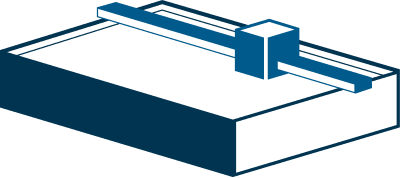
2
The Printhead Adds Binder
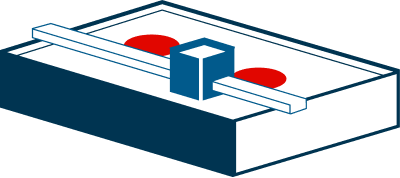
3
The Design Builds Quickly
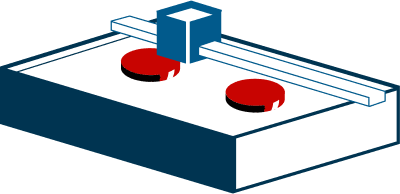
4
Media Is Reapplied
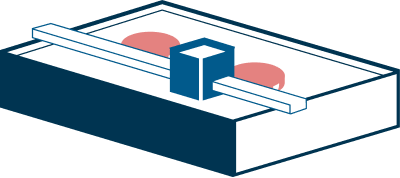
5
Each Layer Repeats The Process
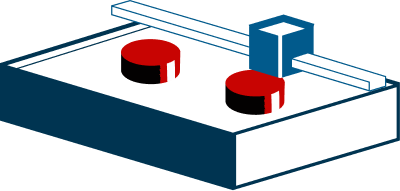
6
The 3D Printing Is Done

Why Use 3D Sand Printing?
Quick Turnaround
Prototypes, cores and molds printed for immediate casting.
Customization
Combine complex printed cores with conventional sand molds.
Precision
Intricate molds and geometries unachievable with traditional manufacturing methods.
Flexible
Small adjustments and even major changes can be implemented immediately.
Diversity
Uses a wide range of media and binders in production.
Cost-Effective
Economical for short production runs and prototypes, reducing overall costs.
SLA and FDM Printing
Stereolithography (SLA) and Fused Deposition Modeling (FDM) are two popular methods in the realm of 3D printing, each with unique characteristics and advantages.
SLA printing works by curing liquid resin into solid plastic with a laser that traces the shape of each layer. This technique is known for its precision and ability to produce parts with high detail and a smooth surface finish.
FDM printing works by extruding thermoplastic filaments, layer by layer, to build an object. It’s widely used for its versatility in materials and ease of use, making it a popular choice for both hobbyists and professional applications.
Why Use SLA and FDM Printing?
Precision
Excellent for applications requiring tight tolerances and intricate geometries.
Variety
Offers a range of resin types for different mechanical and thermal properties.
Accessible
Widely available and user-friendly, suitable for beginners and professionals alike.
Cost-Effective
Generally more affordable in terms of equipment and material costs.
Durable
Capable of producing robust parts suitable for functional testing and use.
Volume
Often supports larger build volumes, making it suitable for bigger projects.


